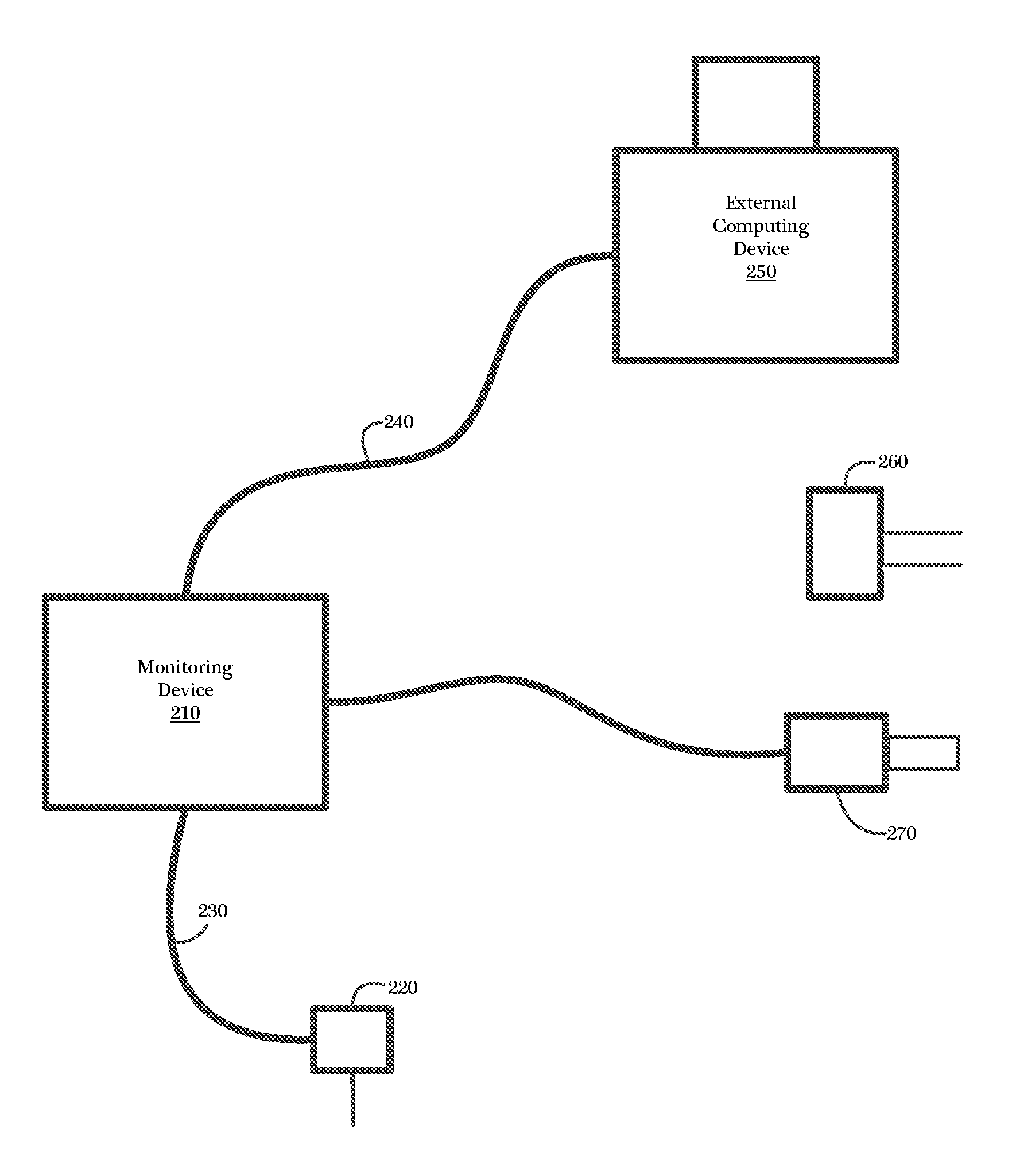Detection of fuel contamination in lubricating oil
a technology of lubricating oil and detection field, applied in the direction of resistance/reaction/impedence, instruments, measurement devices, etc., can solve the problems of engine failure, reducing the lubricating ability of oil, and reducing the viscosity of oil
- Summary
- Abstract
- Description
- Claims
- Application Information
AI Technical Summary
Problems solved by technology
Method used
Image
Examples
Embodiment Construction
[0020]FIG. 1 illustrates oil that, initially, is clean and non-polar. In the presence of O2 and heat, the oil begins to degrade. This application of O2 and heat would occur through, for example, the normal and ongoing use of the oil in an automobile. This partially degraded oil, as also shown in FIG. 1, begins to take on polar characteristics. Through the continued application of O2 and heat, the oil becomes even more degraded and takes on even greater polar characteristics as further shown in FIG. 1. Increased polarity causes the oil to change is dielectric constant, which in turn leads to increased capacitance.
[0021]FIG. 2 illustrates an exemplary real-time oil monitoring system 200 as may be implemented in accordance with an embodiment of the present invention. An embodiment of the oil monitoring system 200 may comprise a monitoring device 210 for receiving and analyzing data generated by a sensing element 220, which is in contact with the oil or other fluid under observation.
[00...
PUM
 Login to View More
Login to View More Abstract
Description
Claims
Application Information
 Login to View More
Login to View More - R&D
- Intellectual Property
- Life Sciences
- Materials
- Tech Scout
- Unparalleled Data Quality
- Higher Quality Content
- 60% Fewer Hallucinations
Browse by: Latest US Patents, China's latest patents, Technical Efficacy Thesaurus, Application Domain, Technology Topic, Popular Technical Reports.
© 2025 PatSnap. All rights reserved.Legal|Privacy policy|Modern Slavery Act Transparency Statement|Sitemap|About US| Contact US: help@patsnap.com



